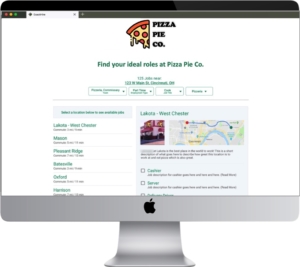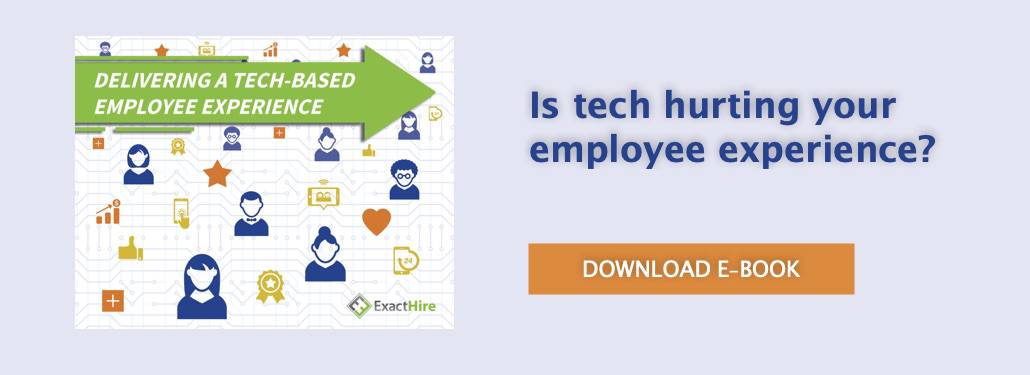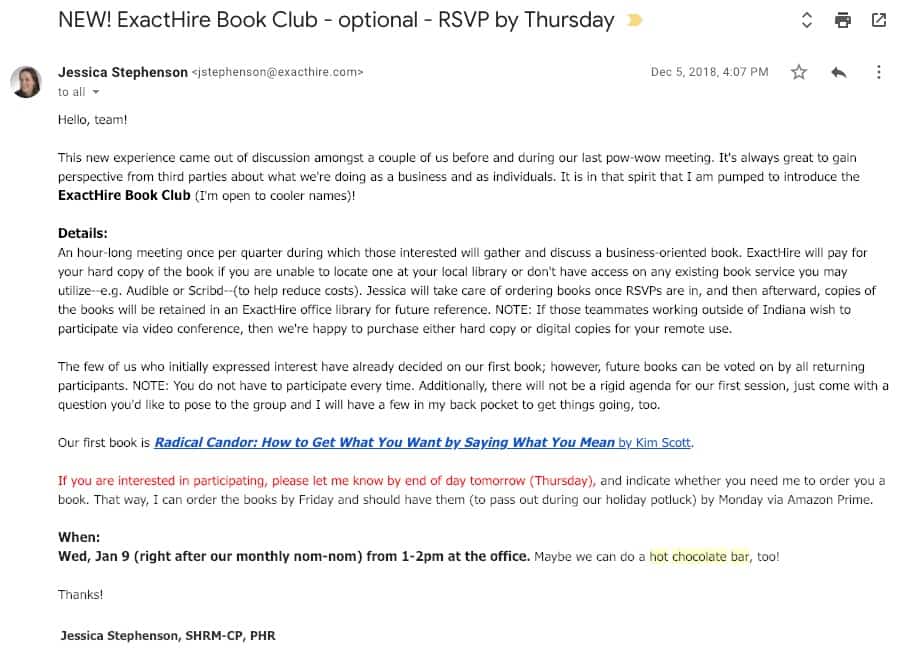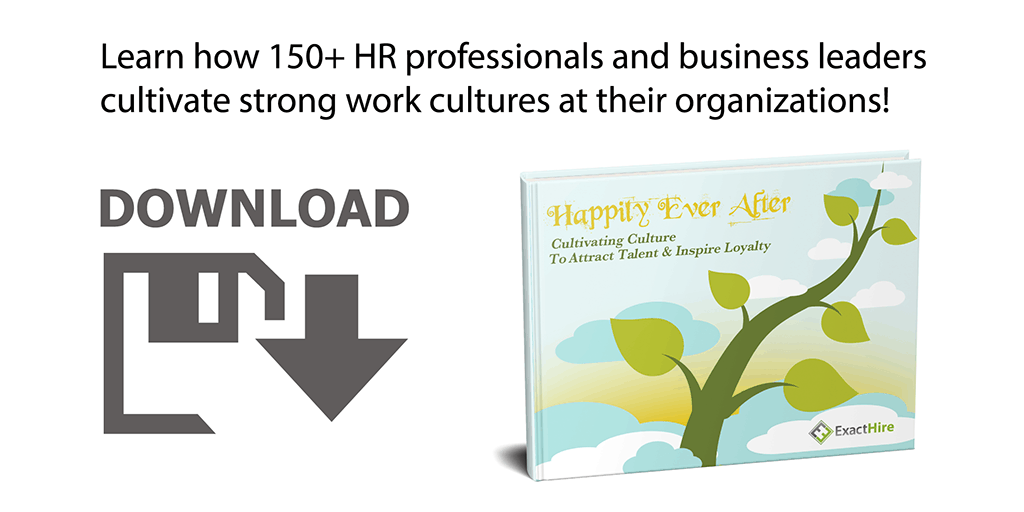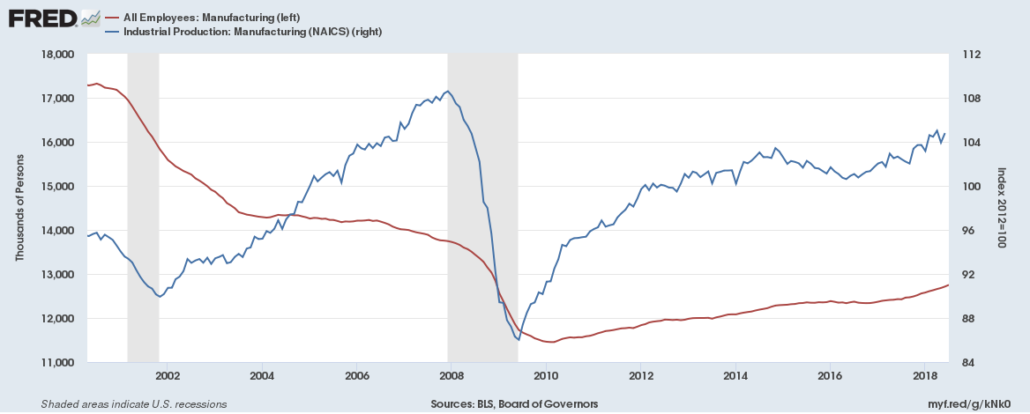6 Ways to Turn Today’s Silver Medal Candidates into Tomorrow’s Gold Medalist Hires
How often have you progressed through the hiring process and ultimately realized that your final two candidates were almost evenly matched–one just slightly nudged out the other for the gold medal employment offer? While it’s great to be in that kind of position as the employer, it can be tough to turn down a talented second choice candidate.
However, these “silver medal candidates” pose a significant opportunity for your company and great care should be taken to continuously engage them. You never know when you may need them to step up to a gold medal platform in your organization.
Have you already had the opportunity to groom silver medal candidates into eventual hires? Or, perhaps you were previously a second choice candidate that was later given the opportunity to finish first for a different role. If so, then you understand that with thoughtful practices in place, your employer can leverage a silver medalist pipeline to edge out competition by sourcing top talent quickly and in a cost effective manner. In this blog, I’ll share six behaviors that you can implement to foster enduring positive relationships with your silver medalist applicants.
1 – Set expectations from the start
So much of the content I write underscores the importance of setting clear expectations in the hiring process–but it’s so true. This critical step begins before you ever know someone will end up as your silver medalist candidate for a role. An expectation that is a part of any respectful hiring process is that the recruiter or hiring manager should tell the candidate
- the milestones involved with the hiring process,
- an estimate of process duration, and
- the method by which the candidate will be informed of his/her status during and at the end of the cycle.
The added bonus of setting expectations well is that this behavior naturally forces accountability. After all, a recruiter who doesn’t follow through with what he says he’ll do is going to damage his reputation, as well as the employment brand of the organization.
2 – Promptly communicate
To reinforce the expectations set at the beginning of the hiring process, employers should communicate with candidates regularly and promptly. Even with multiple job requisitions open and oodles of candidates, there’s no excuse not to touch base with applicants thanks to the communication automation tools that are capable of candidate personalization available in applicant tracking systems.
While it can induce less stress to communicate with candidates earlier in the process, it can be trickier to do so with the final two candidates…particularly if the top pick is reviewing an employment offer you already extended while the silver medalist waits to hear if she is still in contention. If a deadline passes while you wait on an answer from your gold medalist, message the silver medalist to explain that circumstances have changed and that you will touch base with her again in a reasonable amount of time. Then, make sure you do.
Timely communication shows your respect for the candidate, and even if she doesn’t make the cut this time, she’ll remember how you treated her and the resulting word of mouth will more favorably represent your company.
3 – Reject expertly
No one likes delivering bad news, but when there are only two candidates left in your hiring process and they’ve both invested a great deal of time completing employment applications, taking assessments and interviewing, you owe the silver medalist a formal let-down. Call him–don’t just email (or worse yet, an automated email)!
And if that’s hard, make yourself accountable heading into the final phase interview by telling him (in the expectations period, remember?) that he will receive a phone call either way at the end of the process.
Then, also follow up with an email thank you and let him know of your sincere, continued interest in him for future roles within your company. Tell him how to learn about future job postings via your ATS job alert feature, and be honest about how often you might hire for positions that fall into his wheelhouse.
4 – Connect for future follow-up
During the phone call and email thank you, let the candidate know that you’re open to connecting on social media (if you haven’t already) so that you have an easy means of staying in touch with each other in the future. This is a great way for the candidate to be exposed to future career-related content that you may personally post or that is shared from your company social media profiles.
If your organization isn’t likely to be hiring relevant roles anytime soon, offer to help the silver medalist by connecting her with others in your network through virtual introductions.
To help prepare the candidate to go for the gold at the next job opportunity, make her aware of resources that might help her improve her job-related skills or knowledge (e.g. certification study courses, industry-related member associations, etc.).
5 – Nurture candidates with technology tools
Use your applicant tracking software features to designate talented second place finishers as great future candidates for other roles. Use applicant status codes or tags to mark them as “#silver,” for example. Or, better yet, “#futuregold!”
Then, it will be easy to target this group of candidates to share culture- and job-related content with them periodically. Take it a step further and observe how they interact with social media posts and engage in follow-up. Make note of their connectivity in their candidate profile within your hiring software so that future hiring managers and recruiters in your organization have a rich record of not only their potential qualification for other roles, but also their organizational engagement.
6 – Put silver medalists on the fast track
A surefire way to disengage silver medal candidates is to make them reinvent the wheel to apply to future roles that interest them. Consider that they’ve already gone through your entire selection process, so there must be opportunities to put them on the fast track for certain roles.
If you proactively source them for a new position, do the equivalent of giving them a “bye” in your recruiting tournament and start them at a later stage in the hiring process. The one exception to this may be if your organization/industry must adhere to certain compliance requirements that necessitate each individual experiencing every stage for a position.
Nevertheless, your applicant tracking system should make it easy for them to optionally pull forward previous resumes and standard application questions, while giving them the opportunity to answer job-related questions that are unique to the new role for which they are applying.
If they previously took an employee assessment that you use for many job categories, then there’s no need for them to retake it. And, especially if they are interviewing for a similar position the second time around–and you specifically invited them to apply–consider taking an informal approach with a coffee conversation to gauge the candidate’s interest, and to find out what’s new as it relates to the position and their career.
With proper grooming of silver medalist candidates, it will cost fewer staff hours to assess and hire the best candidates for the position because they will already be ready to go in your talent pipeline.


